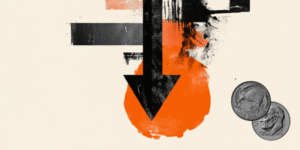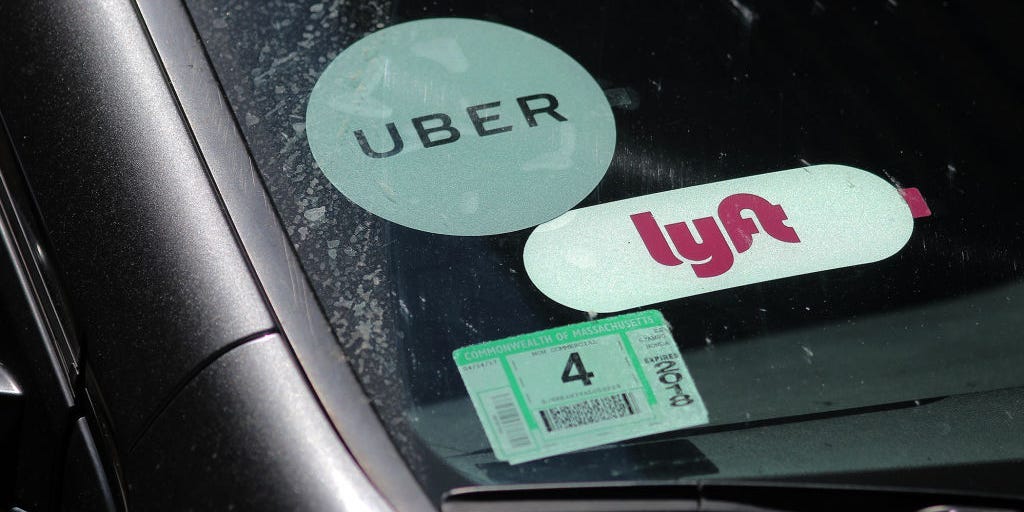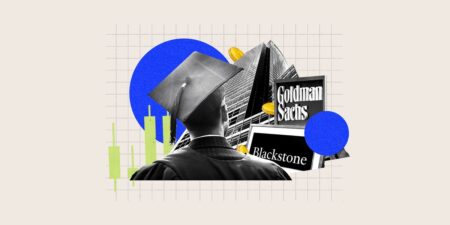This as-told-to essay is based on a conversation with Justin St. James, a former food delivery and ride-hailing gig worker.
The interview has been edited for length and clarity.
During COVID was the first time I heard about a family member doing gig work.
They made $500 for a week of work, and it was easy to get on the app. I started delivering in 2022.
After I started working for food delivery apps like Uber Eats, I realized that there’s no feeling like it. I have never made so much money so fast.
You’re working for it, not gambling. But when you’ve worked on a Tuesday and Wednesday and you get average orders, Friday and Saturday feels like a cash grab.
So many people would order food when the weekend came, and Uber needed more drivers, so pay would surge. You’d hear that “ping” sound a lot when you offered an order. It’s like being a casino, you’re hearing it all the time.
In 2023, though, my earnings started falling, and demand wasn’t what it was in 2022. One day, I took a ride through Lyft as a passenger, and the driver just offered up that he had just made $500 in two days — a Monday and Tuesday, no less, which were some of my slowest days as a delivery worker. So I signed up with Uber and Lyft as a rideshare driver.
Uber and other technology companies use algorithms that are very sophisticated. There are parts of these apps that keep us hooked on them, which is in the interest of running a business. I love Netflix, but what are they trying to do by showing you another episode a few seconds after the last one?
To me, working for Uber felt similar.
It was addictive. You got a dopamine hit when the app offered you an order. It also encouraged you to keep working with surge pricing and heat maps that show where Uber says the most demand is.
At the same time, as drivers and delivery workers, we don’t always get information from Uber that allows us to make critical decisions about whether a job is worth it. I wasn’t always able to see exactly where you’re picking up someone or dropping them off before I accepted a ride, which seems unbelievable.
One night, I picked up a guy as my last ride of the night. I didn’t love the pay, but he was headed near where I lived.
When he got into my car, he asked, “How much did you get offered for this ride?” I told him it was about $7.50. It turns out that he was paying about $28 for the ride. He offered me $20 outside of the app to pick him up again later, but I declined.
I felt like somebody punched me in the chest.
That was a big shift for me. I was pissed, because not only was I getting less than half of the fare, I wasn’t happy doing it.
In January, I decided to quit gig work. I left because I kept having conversations like the one with the guy who paid $28 for his ride.
I also had just moved to California from New York state. Where I am, there’s a lot more drivers. Once, I took a ride with Lyft, and my driver showed me the map in the app. There were more drivers in one area than I was used to seeing. It also seems more competitive and harder to make decent money.
Now, I’m building a website to talk about my experience. The best part about ridesharing was talking to people, but it’s really hard to do this work well if you’re not getting paid well.
An Uber spokesperson told Business Insider that the company regularly looks for ways “to make the driver and courier experiences easier, safer, and more fair.”
The spokesperson added that tools like the heat map are meant to help Uber’s gig workers do their jobs and called any other description of them “inaccurate.”
The spokesperson also referenced past calculations from Uber showing that Uber takes less than 20% of each fare after accounting for commercial insurance costs that the company pays.
Do you have a story to share about gig work? Contact this reporter at [email protected] or 808-854-4501.
Read the full article here
















